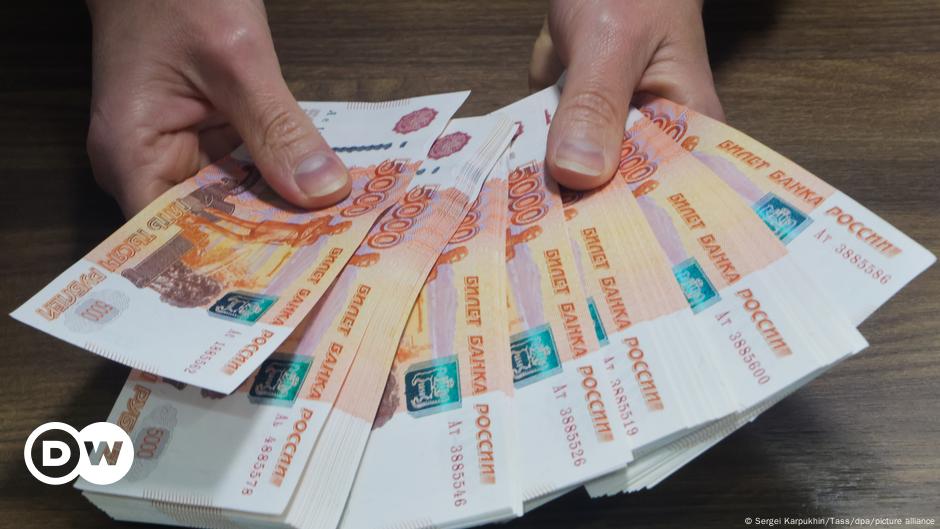- cross-posted to:
- housing_bubble_2
- cross-posted to:
- housing_bubble_2
Summary
Russia’s ruble has plunged to its lowest level since March 2022 following new U.S. sanctions on Gazprombank, a key platform for energy payments.
The ruble’s slide, driven by sanctions, falling oil prices, and soaring defense spending, has intensified inflation and strained the war economy.
While the Kremlin benefits from a weaker ruble by converting foreign revenues into more domestic currency, experts warn of overheating risks and financial instability.
The Russian central bank is scrambling for solutions, but long-term economic pressures and declining oil revenues pose significant challenges.



Saying +10% in about four months is technically correct, but very misleading
This is an unlabeled graph and ambiguous comment. What are you saying? That the ruble is doing better than he is claiming compared to the euro, or worse?
The main part of the change happened in just a few days - weeks, and not over four months.
Your screenshot is out of date.
Ah, see that’s much more interesting, don’t know why that data isn’t in the article.
Why not tell us where your data is from?
I did, it’s literally a screenshot from the article we’re discussing.